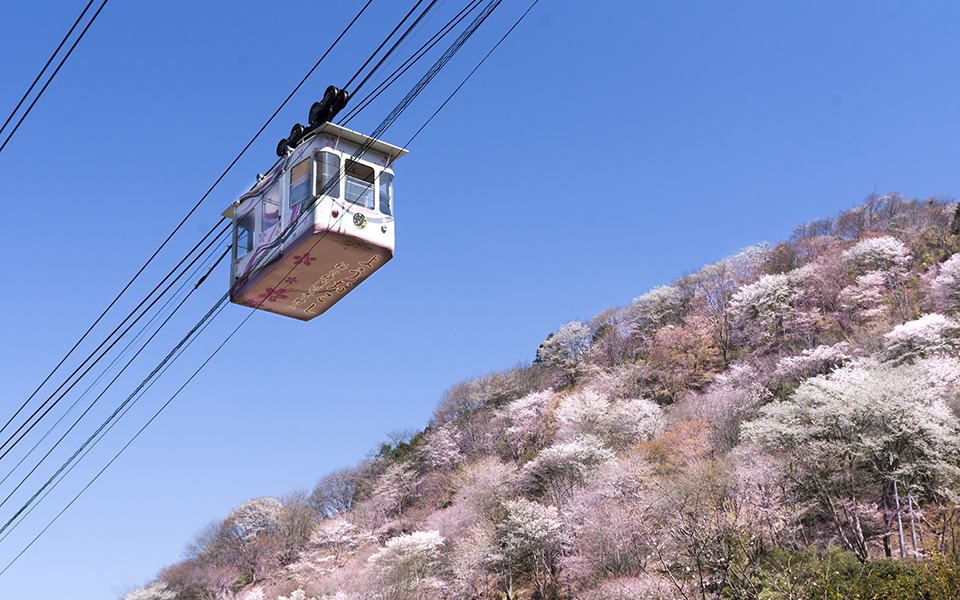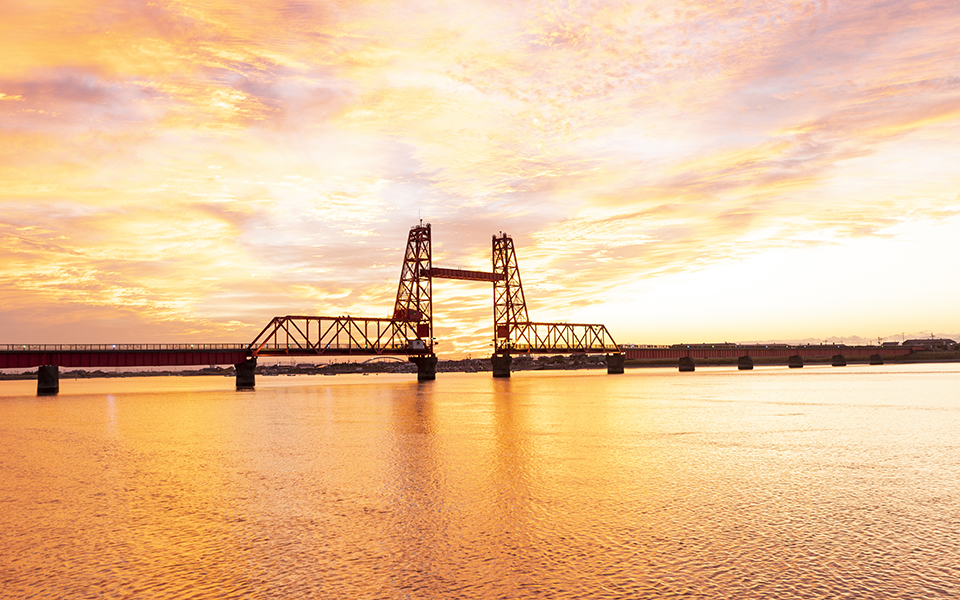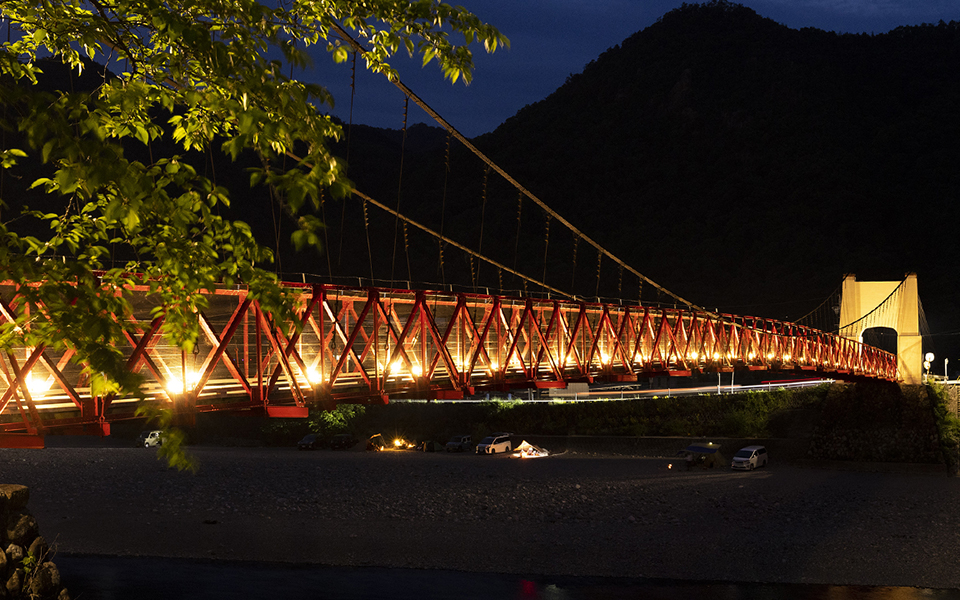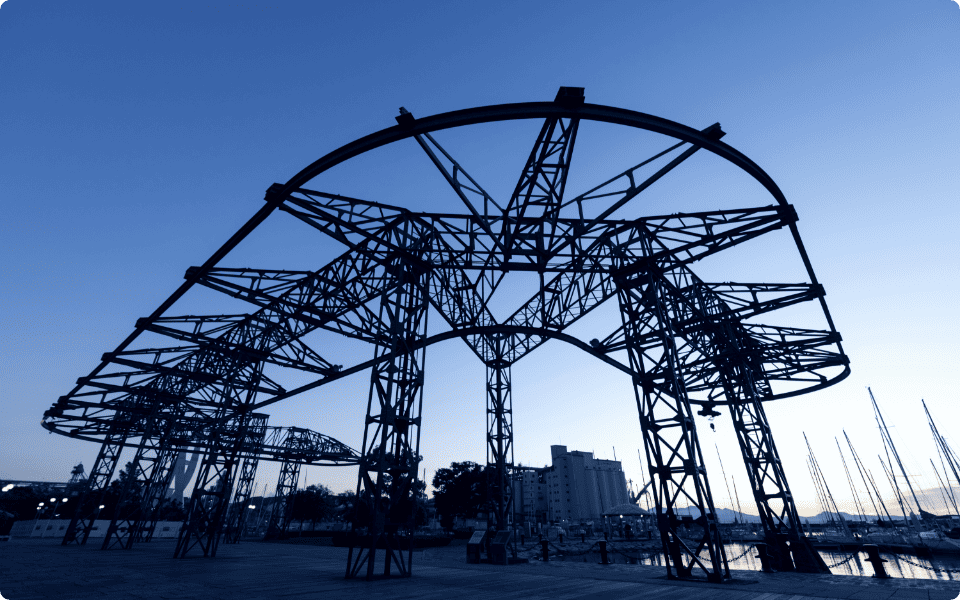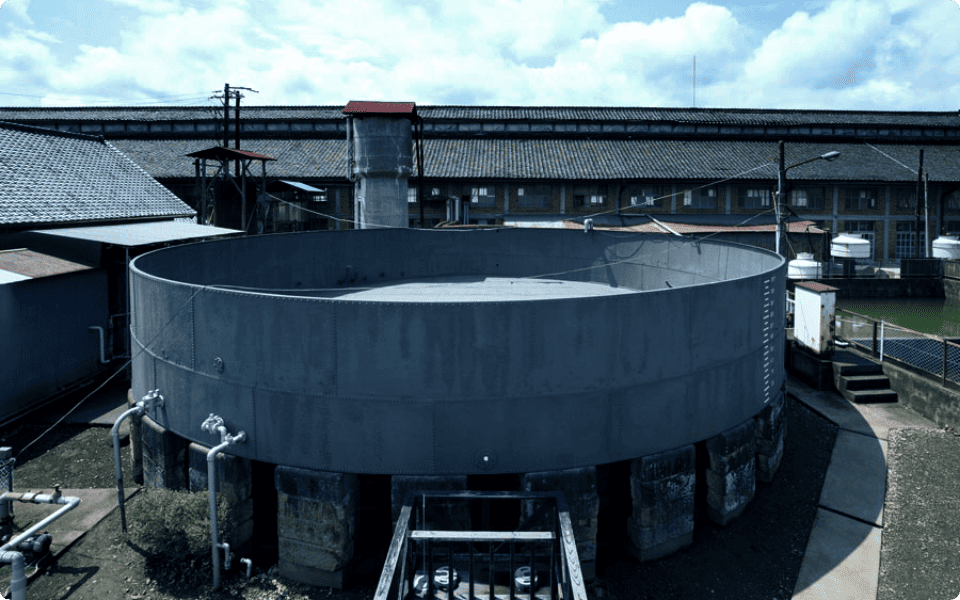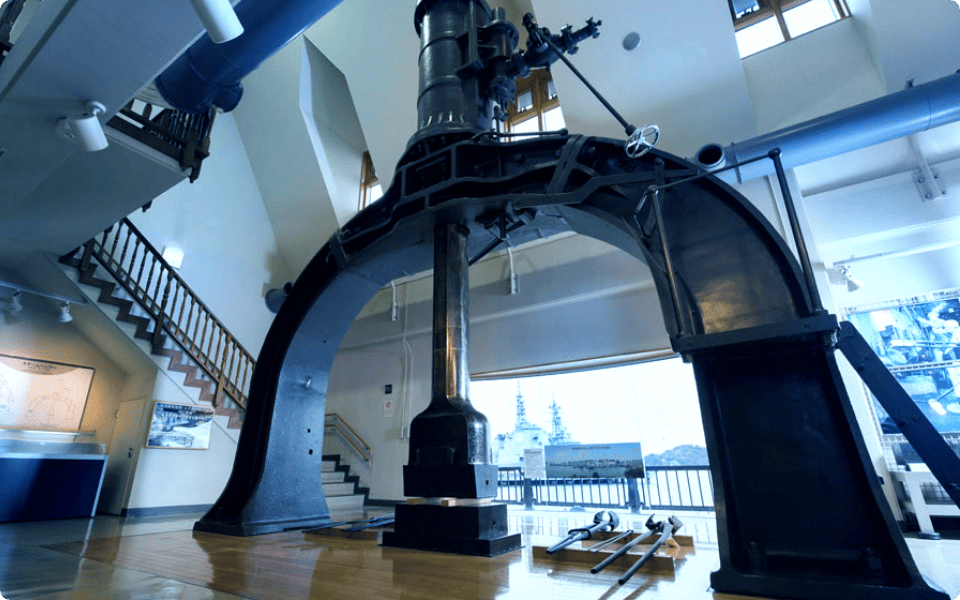-
-
Metal One’s businesses and roles
-
Plate, Construction & Tubular Products Business Division
-
Flat Products Business Division
-
Global Business Division
-
Global Marketing & Energy Project Business Division
-
Wire, Specialty & Stainless Steel Business Division
-
Digital transformation
-
Carbon neutrality
-
Business creation and innovation
-
-
Recruiting information
-
Terms of Use
Yoshinoyama Ropeway

Yoshinoyama Ropeway

Yoshino Town, Nara Prefecture
Japan’s Oldest Existing Ropeway
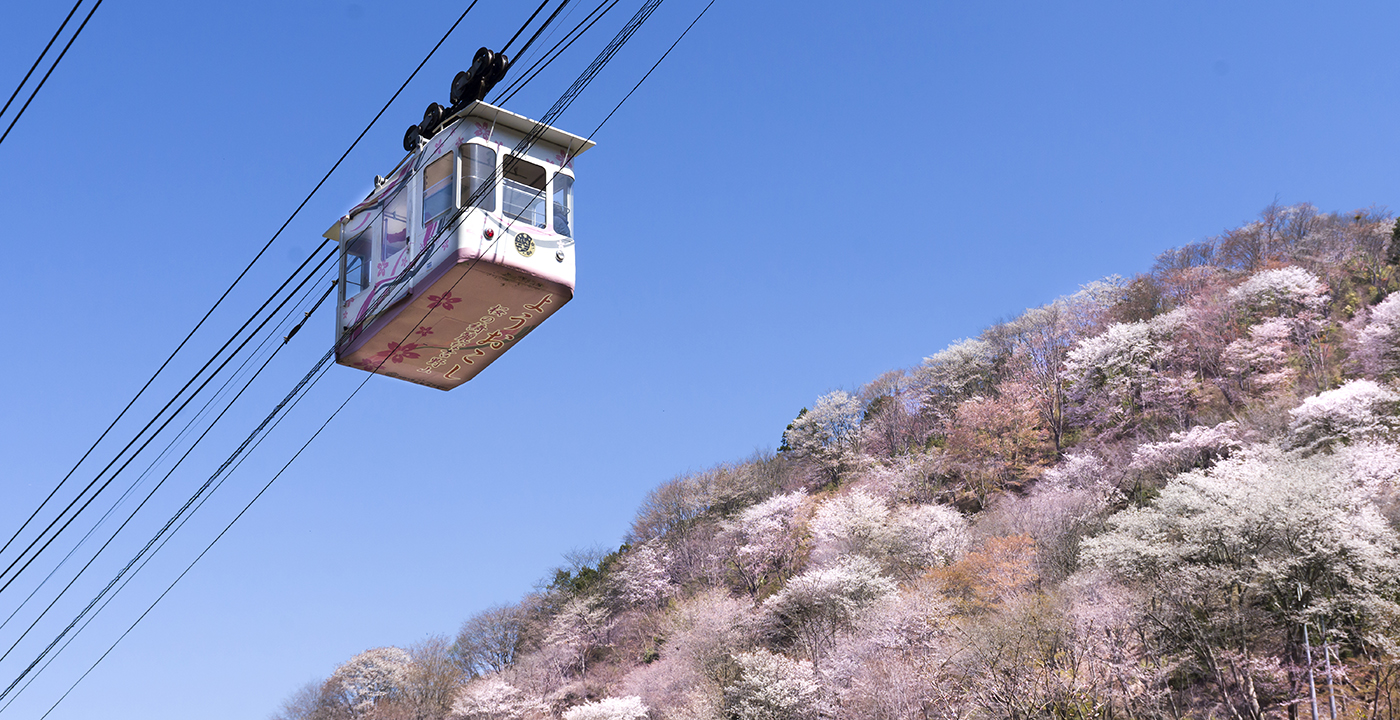
The Yoshinoyama Ropeway makes a rumbling sound as it climbs among the cherry trees in full bloom. Yoshino Town in Nara Prefecture has multiple World Heritage Sites and is also one of Japan’s best-known places for cherry blossoms. Welcoming people at the gateway is Japan’s oldest existing ropeway, the Yoshinoyama Ropeway, which conveys them to sacred sites in the Kii mountain range.
The Yoshinoyama Ropeway commenced operation in 1929. It covers a difference in elevation of around 100 meters and a distance of around 350 meters from Senbonguchi Station, near Kintetsu Yoshino Station, to Yoshinoyama Station. The ropeway’s system employs gondolas suspended from wire ropes (stay wires) on Mount Yoshino and below, and separate ropes (towlines) used to pull the gondolas up.
-

Wire rope is truly a lifeline
Ropeways have a long history. Over six hundred years ago in Japan, there were yaen—a primitive type of human-powered ropeway that involved ropes stretched from one bank to the other of a river that had no bridge. Today, however, we only see ropeways in sightseeing and ski areas in Japan. These are everyday modes of transportation for urban residents in Colombia, Brazil, Bolivia and other places in Latin America, however. Medellín, Colombia is located at a highlands elevation of around 1500 meters. Ropeways connecting to railways and bus routes were installed there in 2004, vastly improving access for poorer people living on the mountain slopes and reportedly greatly improving their lives.
An expert on urban transportation planning, designated assistant professor Gen Hayauchi of Nagoya University’s Institute of Innovation for Future Society, has high hopes for ropeways. “The attraction of ropeways is that they can be installed at comparatively low cost without being affected by things related to terrain such as differences in elevation,” he tells us. “In Japan as well, where we are confronted by a falling birthrate and an aging society, ropeways might be a valid choice as a transport mode to fill in gaps that trains and buses can’t handle.”
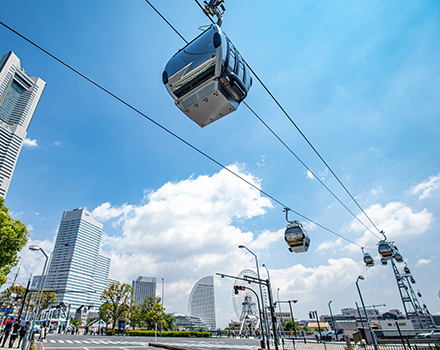
The Yokohama Air Cabin urban ropeway went into service in Yokohama’s Minato Mirai 21 district in 2021. It connects JR Sakuragicho Station to Unga Park Station—which is near the Red Brick Warehouse—over a distance of around 630 meters. A number of ropeway cars travel back and forth in midair with skyscrapers and an amusement park in the background. Embodying one solution for cities of the future, the Yokohama Air Cabin offers hints for next-generation urban transport design.
Value One 2023 No.80


